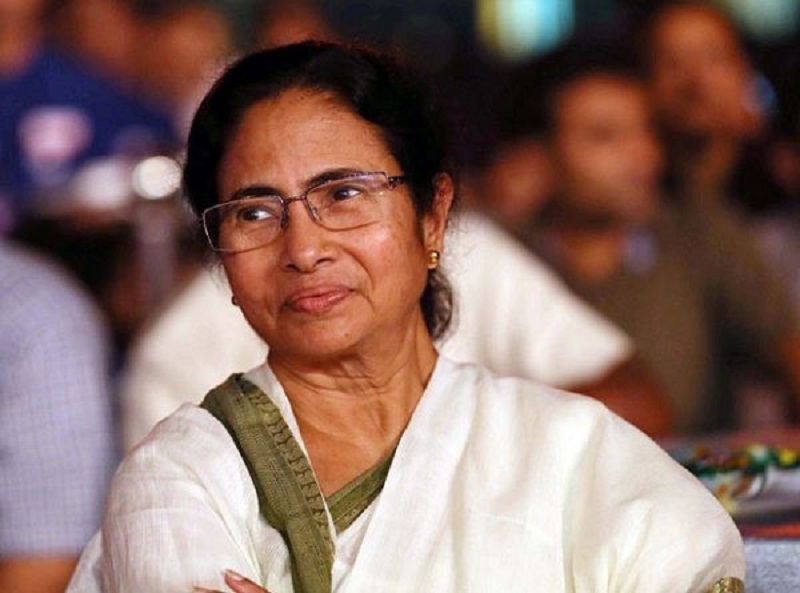
The 2021 Assembly elections in West Bengal were bitterly fought. The Bharatiya Janata Party marshalled all its resources, pumping in huge sums of money, bringing in national leaders, influencing election arrangements and getting large sections of the national media to portray it as the favourite.
In the end, it all came to nought. The BJP fell well short of victory. The Trinamool Congress swept the state, winning 48% of the vote and 73% of seats – its best performance.
- Mamata’s vast cash-transfer welfare state
This was, by some distance, the single biggest factor driving votes to the Trinamool.
The Trinamool has, since it came to power in 2011, turbocharged welfare in the state. This includes, amongst other things, regular cash transfers to girls if they do not get married and remain in school, a grant once they do get married, an unemployment dole for young citizens, scholarships for Dalits and minorities, a handout to cover funeral costs and payments to farmers (including compensation on death), pensions for old age and widows: you name a problem and Banerjee has a cash transfer ready for it.
2. The Trinamool’s formidable party organisation
Bengal is, as famously described by political scientist Dwaipayan Bhattacharyya, a “party-society” – a system where political parties completely occupy the public space and older forms of social organisation (such as caste or landownership) take a back seat.
3. The Muslim vote
With a Muslim percentage in West Bengal more than double the national average, the Muslim vote was always going to be a huge advantage for the Trinamool if the community consolidated behind it. And by corollary, this would be a huge disadvantage for the BJP.
4. The women’s vote
While Muslim support for the Trinamool Congress gets a lot of media attention, actually its biggest “vote bank” is not a community but a gender. In 2019, according to a postpoll survey done by Lokniti at the Centre for the Study of Developing Societies, the Trinamool Congress was the only party to have more women voters than men. Cut another way, 47% of Bengal’s women voted Trinamool while only 38% went with the BJP.
5. Mamata’s image and state elections
That Mamata Banerjee is the tallest leader in the state is a fact beyond any doubt. One survey just before elections showed that she enjoyed a massive 57% approval rating as chief minister.
Note that even in 2019, during a national election with issues such as the airstrike against Pakistan at play, the BJP had fallen well short of a majority when measured in terms of Assembly Constituency leads (41%). Clearly this would further come down – not go up – in a state election where the image of Mamata and local issues such as MLA candidates would play an even greater role.
6. Bengali nationalism
The Trinamool, by and large, did not have an ideological core till very recently. However, it was forced to change when confronted with the BJP – a party with possibly the strongest ideological core of any in India. To counter the party’s Hindu nationalism, the Bengal-based Trinamool reached for an obvious choice: Bengali nationalism.
In 2021, the Trinamool painted itself as a nativist force while the BJP was a party of bohiragotos (outsiders) and Borgis (as people in the state remember the Maratha raiders who led a destructive invasion of Bengal in the 18th century).
7. BJP’s Covid mismanagement
The Election Commission decided on an eight-phase election in West Bengal – the longest state polls in India’s history. Much of this was seen as helping the BJP, given it would allow extensive deployment of Central paramilitary troops in order to cancel, to some extent, the Trinamool’s organisational advantage.

Post Your Comments